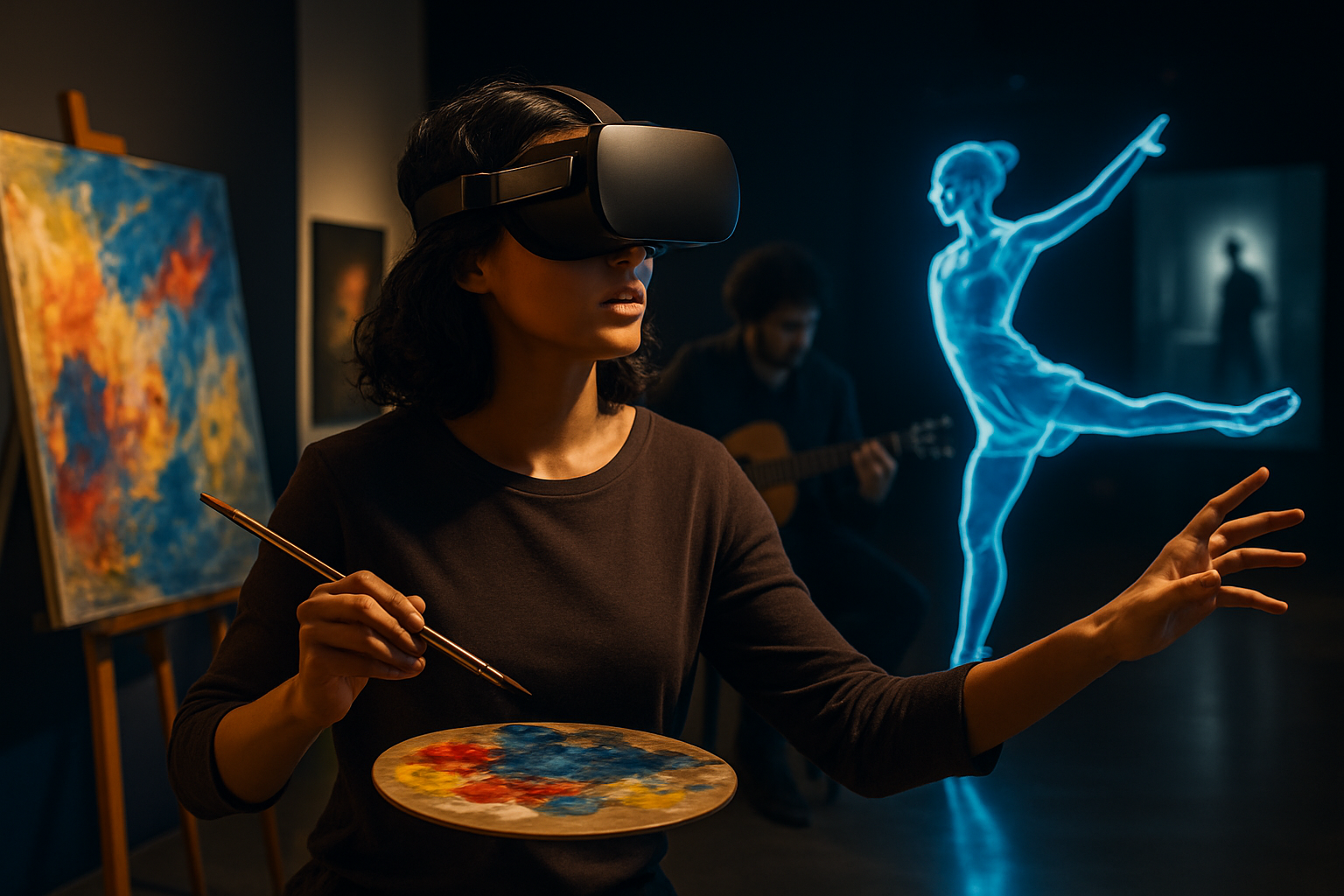The Rebirth of Surrealism in Contemporary Digital Art
In the ever-evolving landscape of digital art, a striking resurgence of surrealist themes and techniques has captured the imagination of artists and audiences alike. This unexpected revival blends the dreamlike qualities of traditional surrealism with cutting-edge technology, creating a new frontier in visual expression. As digital tools become more sophisticated, artists are pushing the boundaries of reality, challenging perceptions, and inviting viewers into otherworldly realms that defy logic and reason.

As personal computers became more accessible in the 1980s and 1990s, a new generation of artists embraced digital tools to create surrealist-inspired works. Software like Adobe Photoshop, introduced in 1990, provided unprecedented possibilities for image manipulation, allowing artists to seamlessly blend disparate elements and create impossible scenes with photorealistic precision.
The Digital Dreamscape
Today’s digital surrealists are crafting intricate dreamscapes that blur the line between reality and fantasy. Using advanced 3D modeling software, AI-assisted tools, and virtual reality platforms, artists are able to construct entire worlds that exist only in the digital realm. These virtual environments often feature impossible architecture, distorted physics, and hybrid creatures that defy biological classification.
One notable trend in digital surrealism is the exploration of fractals and recursive imagery. Artists like Beeple (Mike Winkelmann) have gained international recognition for their daily digital creations that often incorporate surrealist elements with a dystopian twist. These works frequently feature recurring motifs and self-referential imagery, creating a sense of infinite depth and complexity.
AI and the Unconscious Mind
The integration of artificial intelligence in art creation has opened up new avenues for exploring the surrealist concept of the unconscious mind. AI-powered tools like DALL-E and Midjourney can generate bizarre and unexpected imagery based on text prompts, often producing results that feel distinctly surreal. This collaboration between human creativity and machine learning has led to a new sub-genre of digital surrealism that challenges our understanding of authorship and artistic intent.
Some artists are using AI not just as a tool for creation, but as a subject matter in itself. Works that visualize the inner workings of neural networks or depict AI-generated dreamscapes offer a contemporary take on the surrealist fascination with the hidden mechanisms of the mind.
Virtual Reality: Immersive Surrealism
Virtual reality technology has provided digital surrealists with an unprecedented canvas for their work. By creating fully immersive environments, artists can now invite viewers to step inside their surreal visions. VR installations like Those Who Remain by Sngmoo Lee transport participants into otherworldly spaces where the laws of physics are malleable and reality shifts around them.
This immersive approach to surrealism harkens back to the experiential works of artists like Salvador Dalí, who created surrealist environments like the Mae West Lips Sofa. However, VR surrealism takes this concept to new heights, allowing for dynamic, interactive experiences that respond to the viewer’s presence and actions.
The Impact on Contemporary Culture
The resurgence of surrealism in digital art has had a profound impact on contemporary visual culture. Its influence can be seen in music videos, fashion photography, and even mainstream advertising. Brands are increasingly turning to surrealist-inspired imagery to create memorable and shareable content in the age of social media.
This digital surrealist aesthetic has also found its way into film and television, with shows like Black Mirror and movies like Inception incorporating surreal elements to explore themes of technology and consciousness. The line between reality and simulation continues to blur, mirroring the core tenets of surrealism in our increasingly digital world.
Critiques and Controversies
As with any artistic movement, the rise of digital surrealism has not been without its critics. Some argue that the ease of digital manipulation has led to an oversaturation of surrealist imagery, diluting its impact and philosophical depth. Others contend that the reliance on AI and digital tools removes the element of chance and unconscious creation that was so central to traditional surrealism.
There are also ongoing debates about the authenticity and value of digital art, particularly in the context of the recent NFT (Non-Fungible Token) boom. While NFTs have provided new opportunities for digital artists to monetize their work, they have also raised questions about the nature of ownership and originality in the digital age.
The Future of Digital Surrealism
As technology continues to advance, the possibilities for digital surrealism seem limitless. Emerging technologies like augmented reality and brain-computer interfaces promise to further blur the boundaries between the real and the imagined. Some speculate that future surrealist works may be able to tap directly into the viewer’s subconscious, creating personalized dreamscapes that adapt in real-time.
The rebirth of surrealism in the digital realm represents a fascinating convergence of art history and technological innovation. It challenges us to reconsider our relationship with reality, consciousness, and creativity in an increasingly digital world. As this movement continues to evolve, it promises to push the boundaries of artistic expression and human perception, carrying the torch of surrealism into the 21st century and beyond.





